The world is a tapestry of diverse wildlife, each thread representing a unique species. Among the most majestic of these threads are the big cats, prowling silently in forests, jungles, and grasslands. Yet, as awe-inspiring as they are, many of these magnificent creatures stand on the brink of extinction. Let’s dive into the world of 15 big cat species that are critically endangered right now, and understand how we can contribute to their survival.
Amur Leopard: The Ghost of the Forests
The Amur Leopard is a symbol of grace and beauty, with its striking rosette-patterned coat. Found primarily in the Russian Far East, this rare feline is often referred to as the “ghost of the forests” due to its elusive nature. Sadly, fewer than 100 individuals remain in the wild, largely due to habitat loss and poaching. Conservation efforts focus on protecting their habitat and establishing anti-poaching measures. The Amur Leopard’s story is a haunting reminder of nature’s fragility and our responsibility to preserve it.
Sumatran Tiger: Island Struggles
The Sumatran Tiger is the smallest of the tiger subspecies, but what it lacks in size, it makes up for in fierceness. Native to the island of Sumatra in Indonesia, it faces severe threats from deforestation and illegal wildlife trade. With only about 400 left in the wild, conservationists are racing against time to create protected areas and promote sustainable land use. The Sumatran Tiger’s plight highlights the delicate balance between human development and wildlife preservation.
South China Tiger: A Fading Legend
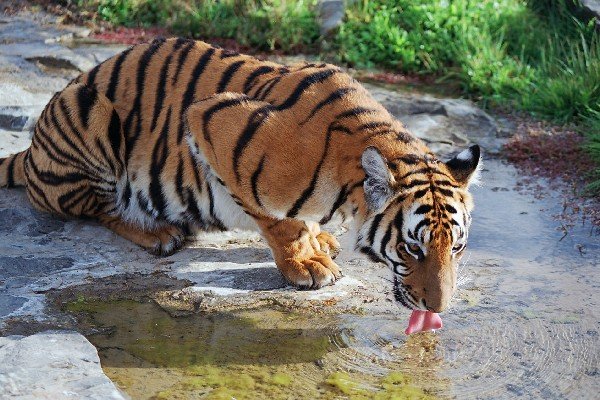
Once roaming across China, the South China Tiger is now functionally extinct in the wild, with only a few individuals surviving in captivity. This tiger is a fading legend, with its natural habitat destroyed by agricultural expansion. Efforts are underway to reintroduce captive-bred tigers into protected reserves, but success is uncertain. The South China Tiger serves as a poignant example of what happens when conservation efforts lag behind habitat destruction.
Javan Leopard: Hidden in the Shadows
The Javan Leopard, native to the Indonesian island of Java, is a master of camouflage, often hidden in the shadows of dense forests. With fewer than 250 individuals remaining, it is threatened by habitat loss and human-wildlife conflict. Conservationists are focusing on habitat restoration and creating wildlife corridors to ensure their survival. The Javan Leopard’s stealthy existence reminds us of the hidden wonders of the natural world that are at risk of disappearing.
Iberian Lynx: A Tale of Recovery
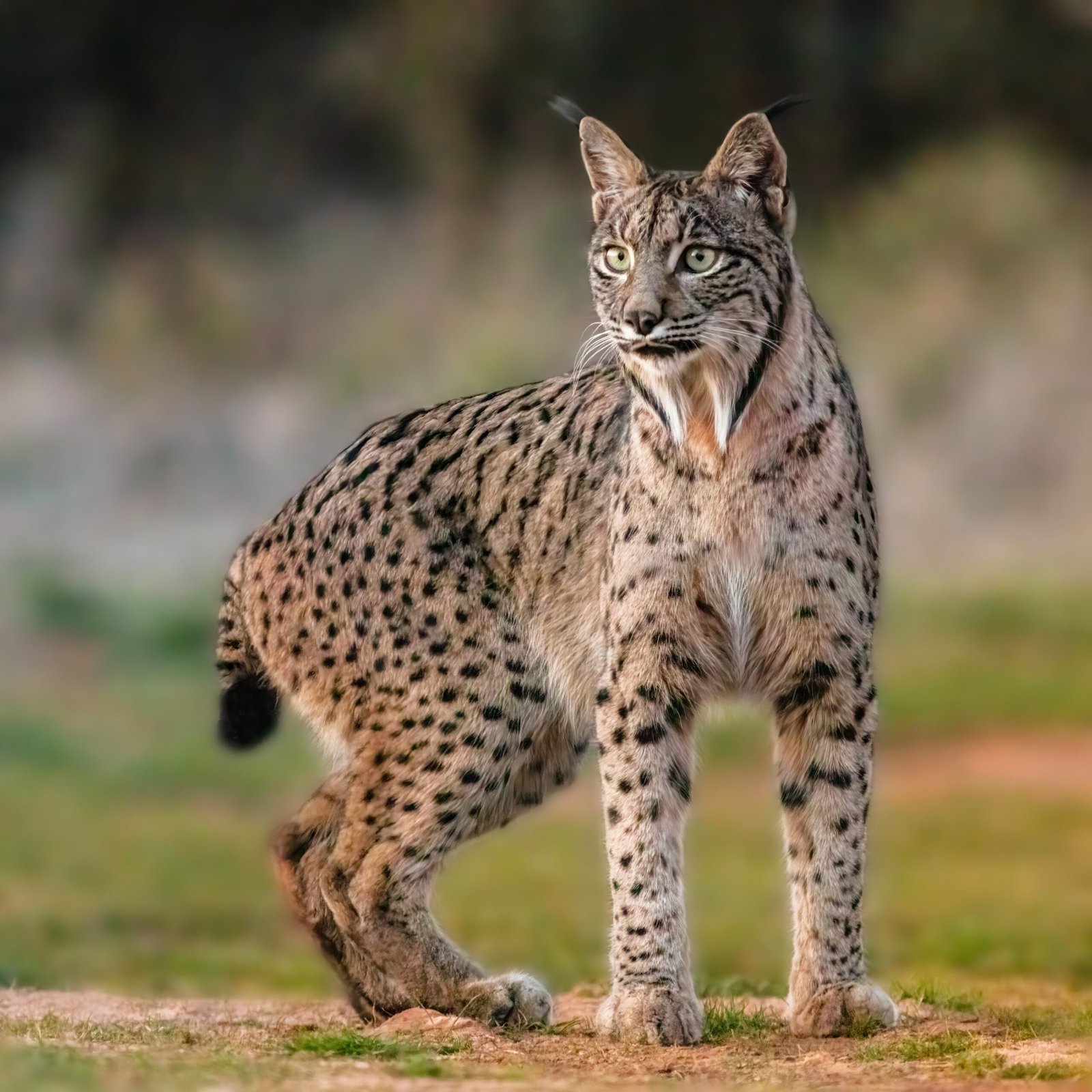
Once teetering on the brink of extinction, the Iberian Lynx has become a symbol of hope in conservation circles. Native to the Iberian Peninsula, it faced threats from habitat loss and a decline in its primary prey, the European rabbit. Thanks to intensive conservation efforts, its numbers have rebounded to over 400 individuals. The Iberian Lynx’s tale is a testament to the power of dedicated conservation work and the possibility of reversing the decline of endangered species.
Indochinese Tiger: The Struggle for Survival
Found in the forests of Southeast Asia, the Indochinese Tiger is a subspecies that faces an uncertain future. With fewer than 250 individuals left, it is threatened by habitat fragmentation and illegal poaching. Conservation efforts are focused on strengthening anti-poaching patrols and creating transboundary protected areas. The Indochinese Tiger’s struggle for survival underscores the need for international collaboration in wildlife conservation.
Snow Leopard: The Phantom of the Mountains
The Snow Leopard, with its thick, smoky-gray fur, is a master of survival in the harsh mountain terrains of Central Asia. However, these “phantoms of the mountains” face threats from habitat loss, poaching, and retaliatory killings by herders. With an estimated population of 4,000 to 6,500, conservationists are working to mitigate human-wildlife conflict and protect their habitat. The Snow Leopard’s mysterious allure captivates the imagination and highlights the complex challenges of conserving mountain ecosystems.
Western African Lion: A Vanishing Roar
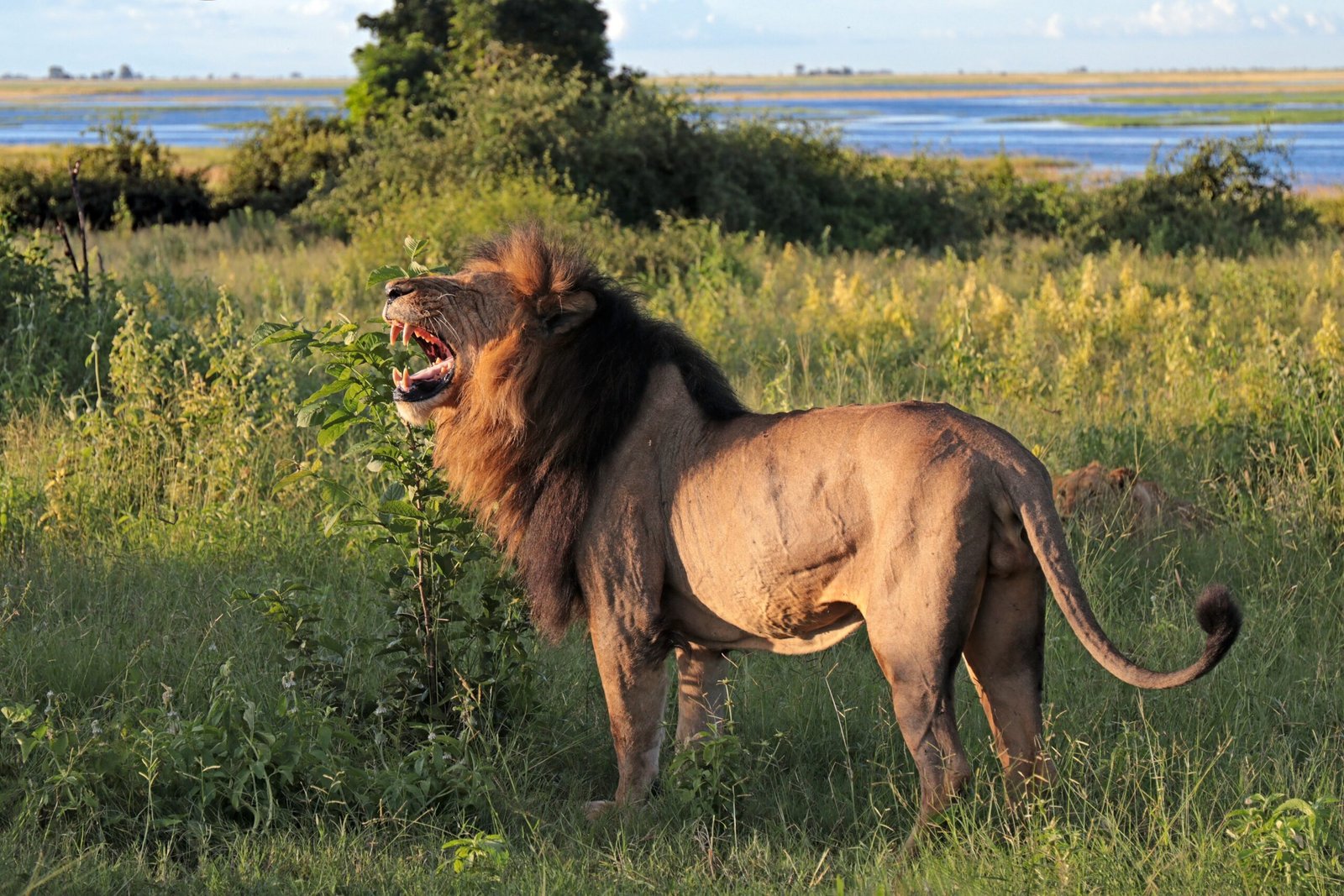
The Western African Lion, once a dominant force across the savannas, now numbers fewer than 400 individuals. Habitat loss, human conflict, and poaching have contributed to its decline. Conservation efforts aim to establish protected areas and promote coexistence with local communities. The vanishing roar of the Western African Lion is a stark reminder of the urgent need to address the human impact on wildlife.
Persian Leopard: Guardians of the Mountains
The Persian Leopard, also known as the Caucasian Leopard, roams the rugged landscapes of the Caucasus and Central Asia. With fewer than 1,000 individuals left, it faces threats from habitat fragmentation and poaching. Conservationists are working to create transboundary protected areas and engage local communities in conservation efforts. The Persian Leopard’s resilience in harsh environments is a testament to the importance of preserving biodiversity in mountain regions.
Malayan Tiger: A Struggle for Existence
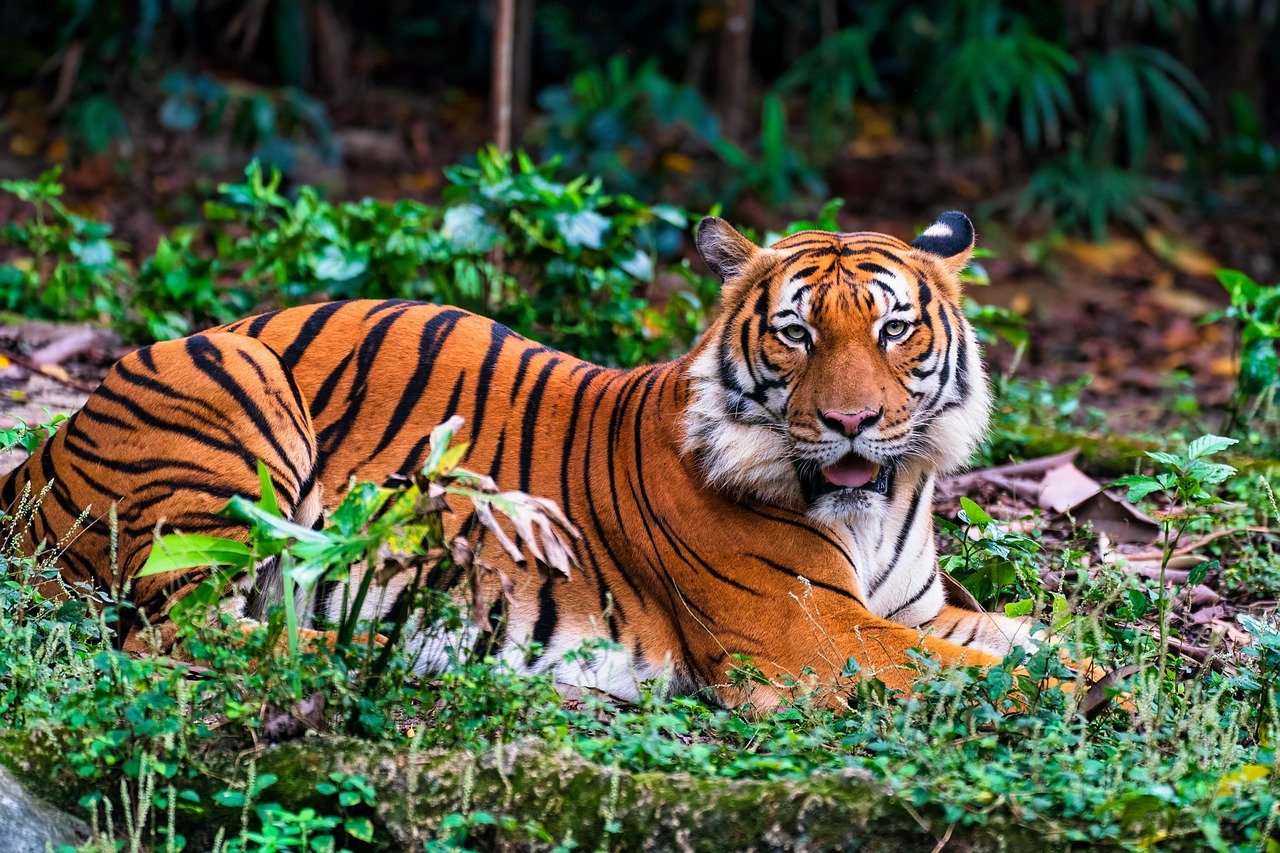
The Malayan Tiger, native to the forests of Malaysia, is critically endangered with fewer than 200 individuals in the wild. Deforestation and poaching for traditional medicine have pushed this majestic creature to the brink. Conservation efforts focus on habitat protection and reducing poaching through community engagement. The Malayan Tiger’s struggle for existence highlights the need for sustainable practices in biodiversity-rich regions.
Borneo Bay Cat: A Mysterious Enigma
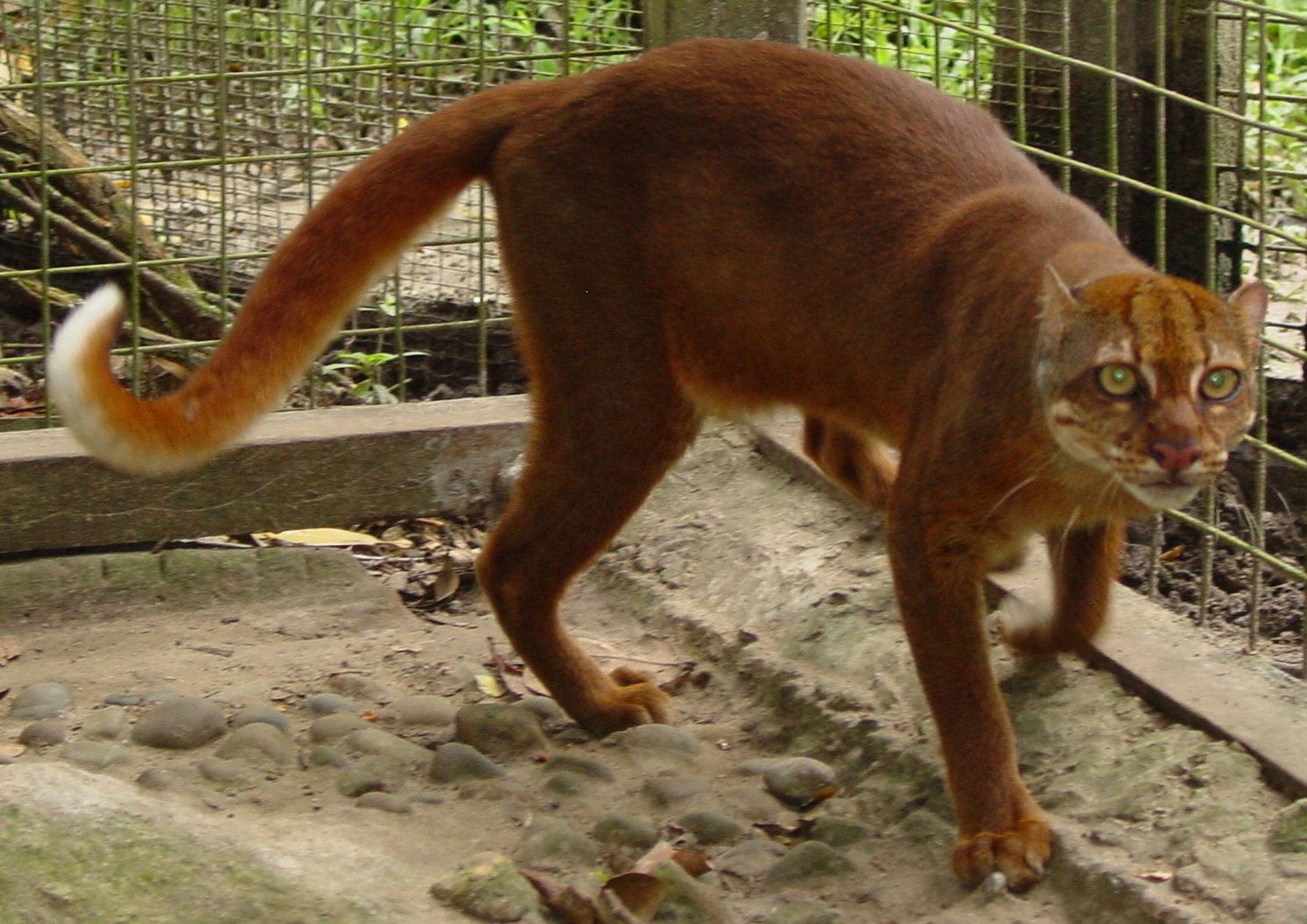
The Borneo Bay Cat, one of the least known wild cats, resides in the dense forests of Borneo. With its elusive nature, little is known about its population size, but it is believed to be critically endangered. Habitat loss due to deforestation is the primary threat. Conservationists are emphasizing the importance of preserving the unique ecosystems of Borneo. The Borneo Bay Cat’s mysterious existence sheds light on the many unknowns in the world of wildlife conservation.
Andean Mountain Cat: The High-Altitude Survivor
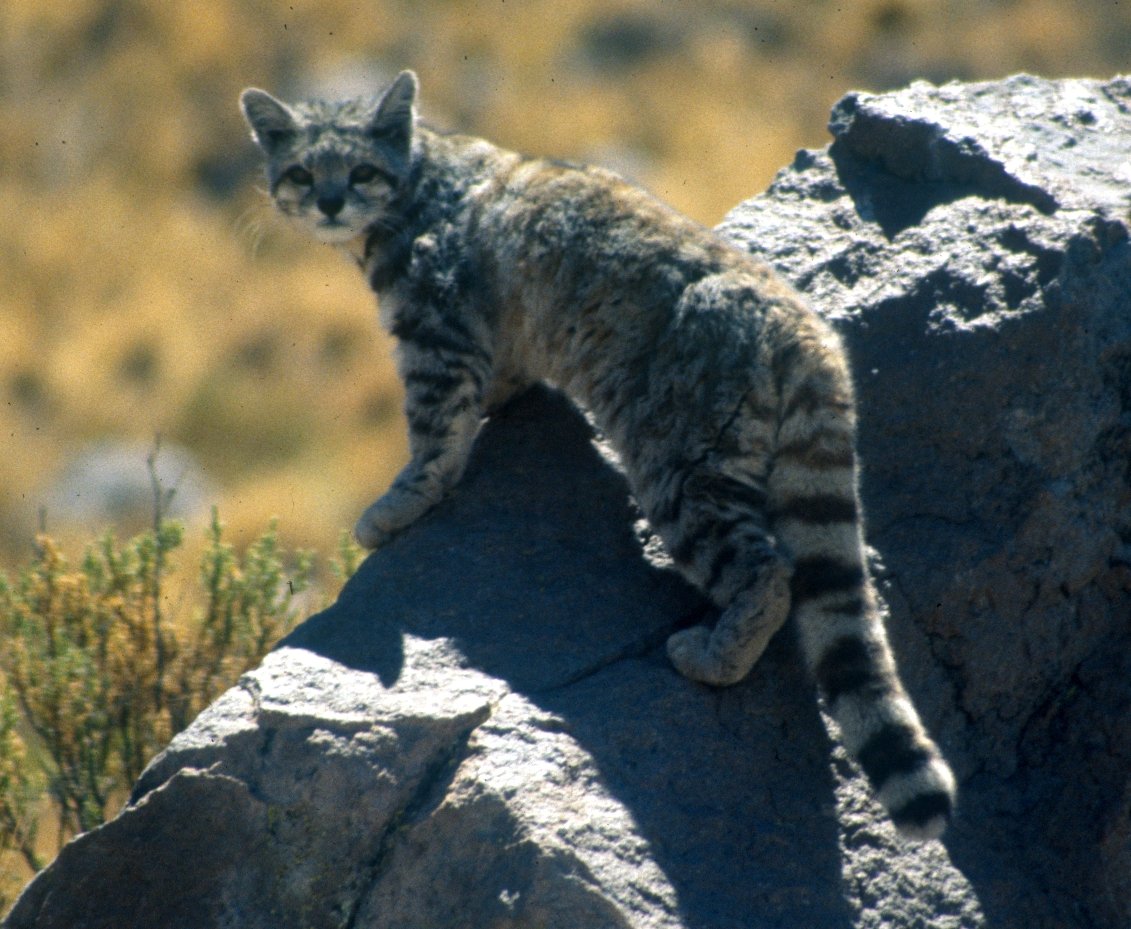
The Andean Mountain Cat inhabits the high-altitude regions of the Andes in South America. This small, elusive cat is threatened by habitat loss and hunting. With fewer than 2,500 individuals remaining, conservation efforts focus on habitat protection and engaging local communities in conservation. The Andean Mountain Cat’s survival in harsh environments is a testament to the resilience of nature and the need for targeted conservation efforts.
Sunda Clouded Leopard: Masters of the Canopy
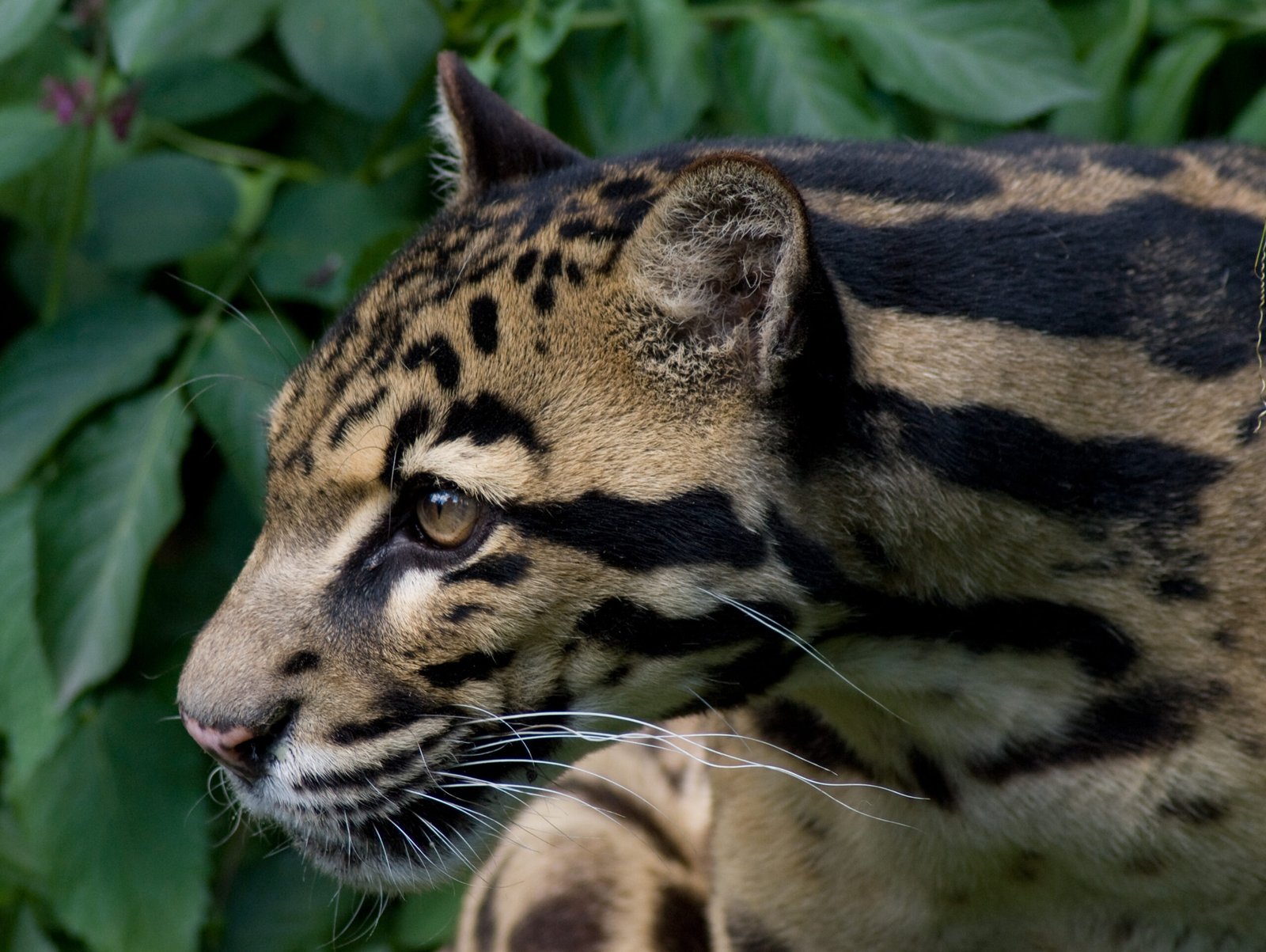
The Sunda Clouded Leopard, native to the islands of Borneo and Sumatra, is a master of the forest canopy. With its beautifully patterned coat, it faces threats from deforestation and poaching. Fewer than 10,000 individuals are believed to remain, and conservationists are working to protect their habitat and combat illegal wildlife trade. The Sunda Clouded Leopard’s acrobatic prowess reminds us of the intricate web of life in tropical forests.
Asiatic Cheetah: The Sprint to Save
The Asiatic Cheetah, once widespread across Asia, now clings to survival in Iran’s deserts. With fewer than 50 individuals left, it is one of the most endangered cat species. Habitat loss and prey depletion are significant threats. Conservationists are focusing on habitat restoration and increasing prey availability. The Asiatic Cheetah’s sprint for survival is a race against time, symbolizing the urgent need for global conservation efforts.
Flat-Headed Cat: Aquatic Specialist
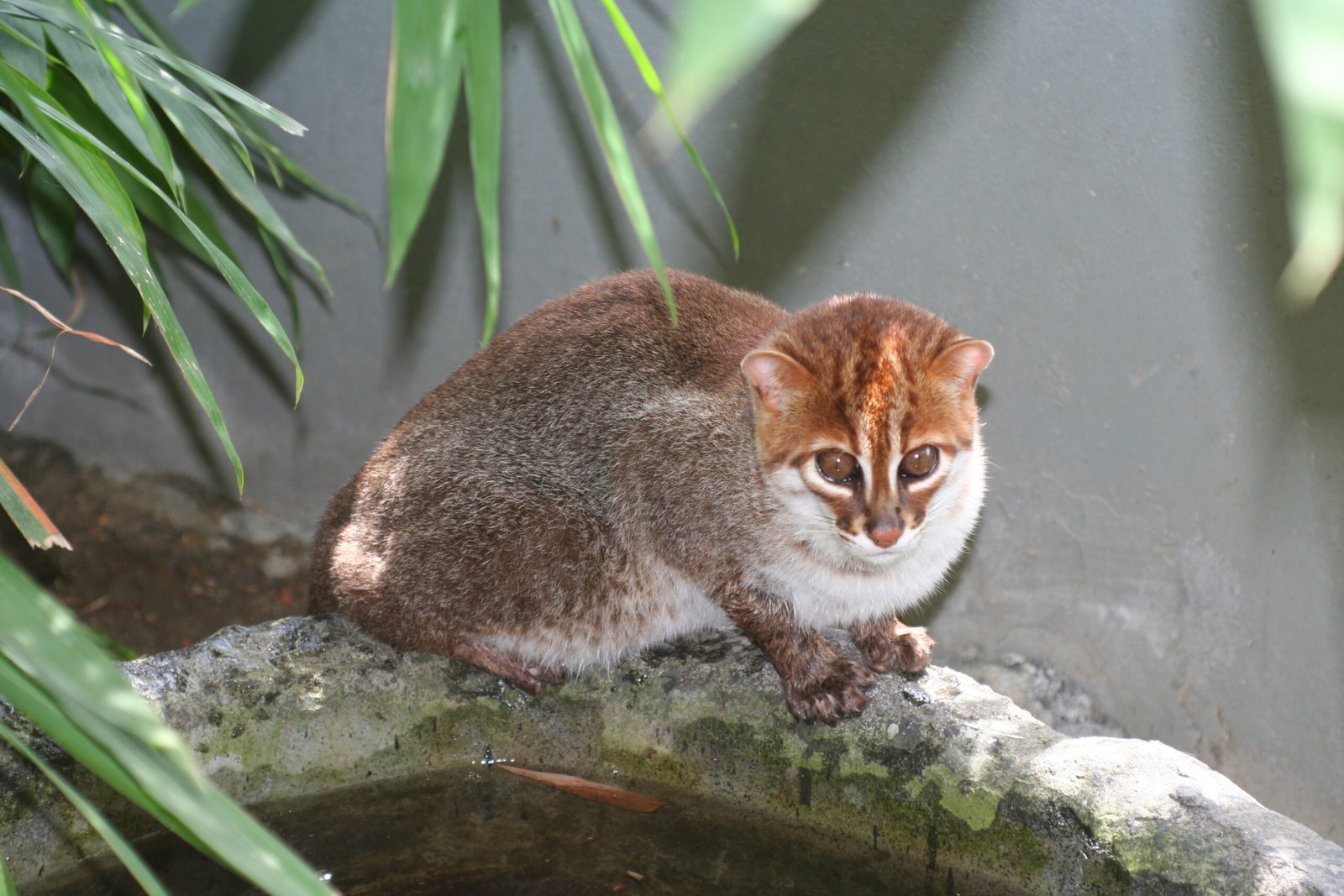
The Flat-Headed Cat, native to the wetlands of Southeast Asia, is an aquatic specialist with unique adaptations for hunting fish. However, habitat destruction and pollution have pushed it to the brink of extinction. With fewer than 2,500 individuals left, conservation efforts focus on wetland protection and reducing pollution. The Flat-Headed Cat’s specialized lifestyle highlights the importance of preserving diverse ecosystems for the survival of unique species.
Conclusion
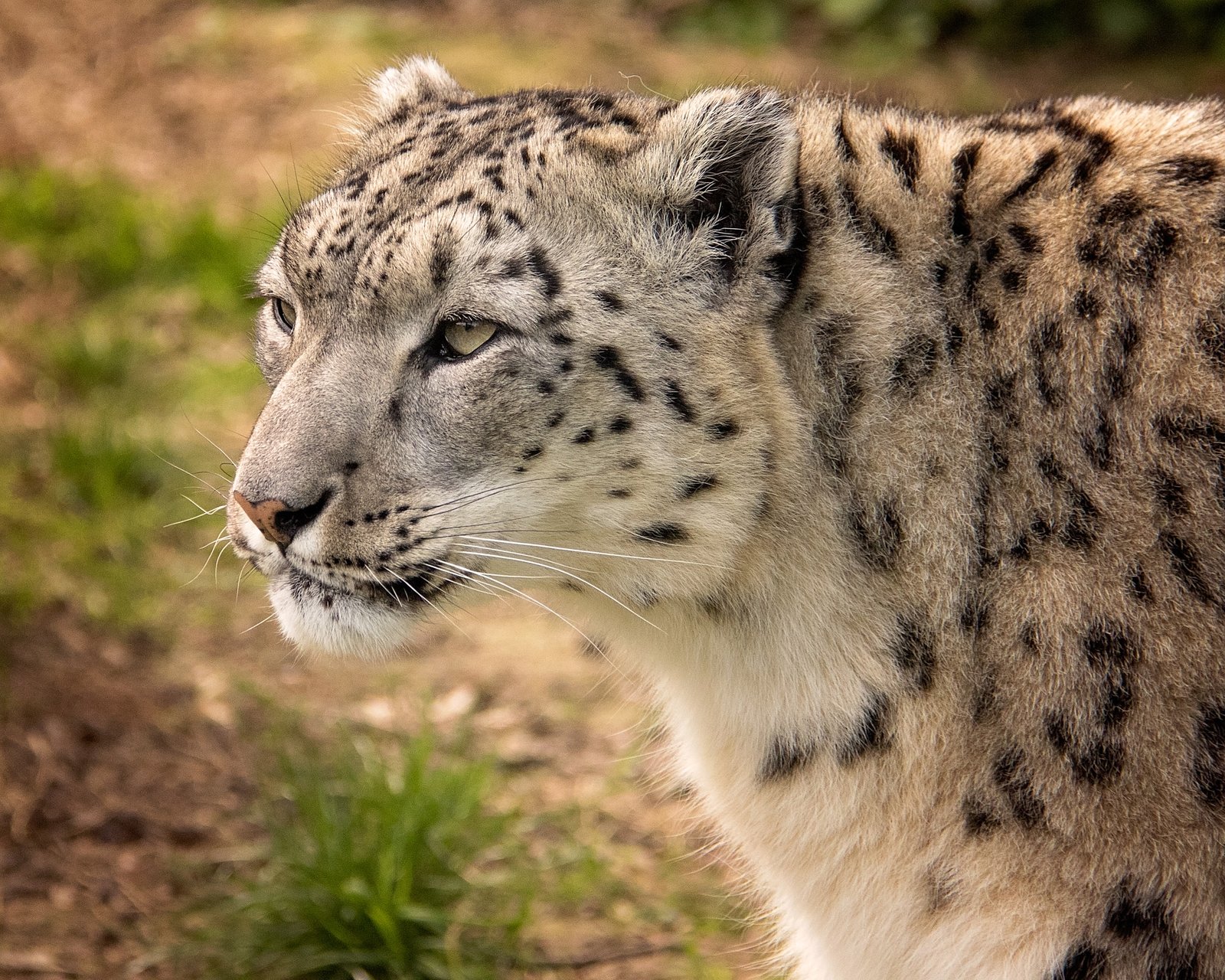
The stories of these critically endangered big cat species are both heart-wrenching and inspiring. Each species represents a unique thread in the intricate tapestry of life, and their survival is intricately linked to the health of our planet. By understanding their struggles and supporting conservation efforts, we can help ensure that these magnificent creatures continue to roam the earth for generations to come. Let us act as stewards of the natural world and commit to preserving the beauty and diversity of our planet’s wildlife.
Hi, I’m Bola, a passionate writer and creative strategist with a knack for crafting compelling content that educates, inspires, and connects. Over the years, I’ve honed my skills across various writing fields, including content creation, copywriting, online course development, and video scriptwriting.
When I’m not at my desk, you’ll find me exploring new ideas, reading books, or brainstorming creative ways to solve challenges. I believe that words have the power to transform, and I’m here to help you leverage that power for success.
Thanks for stopping by, Keep coming to this website to checkout new articles form me. You’d always love it!






